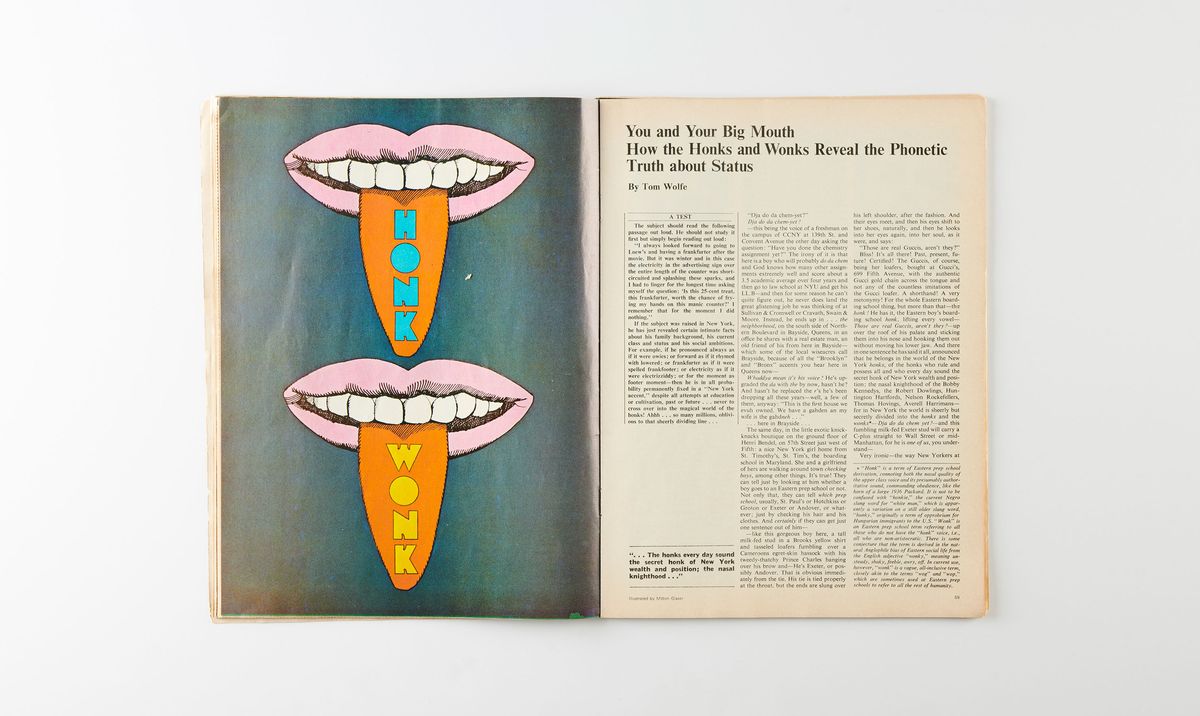
|
![]()
|
|
Photo: Hugo Yu
|
| |

Too many commentators, when writing about Tom Wolfe, attempt to parody his style. Zowie! Bam! Hrrrrmph!!!! And by failing, they all inadvertently showed why Wolfe was Wolfe. (On principle and also out of self-preservation, I won’t even try it.) The only critic who came close to matching him at the sentence-by-sentence level was Kurt Vonnegut, reviewing Wolfe’s first book, The Kandy-Kolored Tangerine-Flake Streamline Baby, for the New York Times in 1965. He himself noted that Wolfe pastiche invariably misses the mark, and he closed his (mostly warm) review with a one-sentence paragraph:
|
|
“Verdict: Excellent book by a genius who will do anything to get attention.”
|
|
|
|
There does not yet exist a book-length biography of Wolfe (although one is most assuredly on the way from someone, and one suspects it’ll be a thousand-pager). Till then there is Radical Wolfe, a documentary directed by Richard Dewey and released last year, adapted from a Michael Lewis profile of the Man in the White Suit himself, published in Vanity Fair about two and a half years before Wolfe’s death in 2018. But if you want to read a lot about Tom Wolfe, the best thing to read, for now at least, is a lot of Tom Wolfe.
|
|
By 1967, after the Trib and its short-lived successor had folded, he was one of the highest-profile journalists going, and his editor, Clay Felker, began bringing Wolfe — along with their friend and future colleague Gloria Steinem — to lunches with potential investors, trying to cadge some financing to take the publication out on its own. Steinem called these sessions “tap-dancing for rich people,” and the mix of her cool glamour and Wolfe’s courtliness — not to mention that each of them had charm to spare — played well. Felker’s magazine launched on April Fool’s Day 1968, with stories by Wolfe and Steinem teased on the cover.
|
|
He wrote steadily for New York in those first couple of years, then slowed down to contribute fewer longer pieces. (Probably owing to both literary ambition and procrastination: Despite his newspaper background, Wolfe sometimes found it difficult to get a piece of writing going, and often pushed his editors’ deadlines.) Readers often describe his language in these stories as pyrotechnic, and it certainly makes you ooh and aah the way fireworks do, but I think of it as pyrolytic: applying extreme heat and often reducing his subjects to ash.
|
|
Wolfe stayed loyal to his editors, and when Felker was deposed in a hostile takeover at the beginning of 1977, he, too, left New York in solidarity. The bulk of his magazine work thereafter was for Jann Wenner’s Rolling Stone, and he eventually shifted to writing mostly novels. But he did not entirely vanish from our orbit. In later years, he contributed a few short pieces and a couple of longer ones to New York, including a majestic remembrance of Felker in 2008 and a sweet appreciation of the late photographer Marie Cosindas in 2017. The latter appears to have been his final published work.
|
|
|
|
— Christopher Bonanos, city editor, New York
|

|
![]()
|
|
Photo: Hugo Yu
|
| |
|
If you enjoyed this newsletter, forward this email to a friend. If someone forwarded this to you, you can sign up here.
|
|
|
|
|